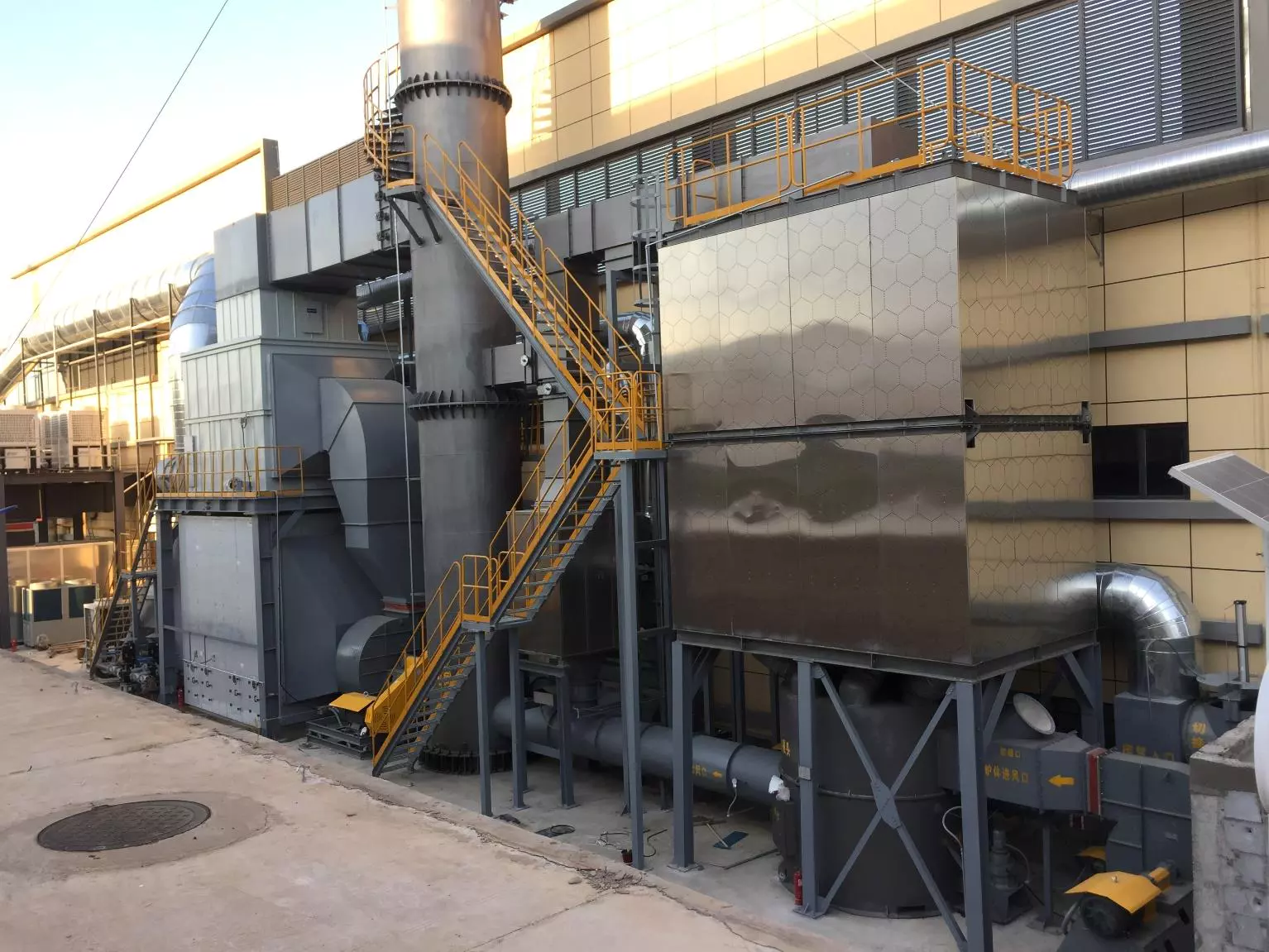How to perform a cost-benefit analysis for an RTO thermal oxidizer
?
Introduction
A cost-benefit analysis is a valuable tool used to assess the financial feasibility of implementing an RTO (Regenerative Thermal Oxidizer) for industrial applications. By considering the costs and the potential benefits of such a system, businesses can make informed decisions regarding their environmental and financial goals.
Factors to Consider
- Emission Control Efficiency: The efficiency of an RTO thermal oxidizer in removing pollutants from exhaust gases is a significant factor in the cost-benefit analysis. A higher efficiency typically translates into better compliance with environmental regulations and reduced potential for fines or penalties.
- Energy Consumption: Evaluating the energy consumption of an RTO is crucial for determining its operating costs. Lower energy consumption can lead to substantial savings over the lifetime of the system.
- Maintenance and Operational Costs: Assessing the maintenance and operational costs involved in running an RTO is essential. These costs include regular inspections, replacement of components, and labor expenses. A thorough analysis should consider the estimated lifespan of the system and the associated costs throughout that period.
- Cost of Implementation: The initial cost of installing an RTO thermal oxidizer is a significant consideration. It involves the purchase of equipment, engineering, design, and installation expenses. Additionally, factors such as site preparation and any necessary modifications to existing infrastructure should be taken into account.
- Potential Savings: Identifying potential savings is a key aspect of the cost-benefit analysis. These savings can come from reduced fuel consumption, lower emission-related expenses, and potential government incentives or tax credits.
Methodology
The following steps outline a comprehensive methodology for conducting a cost-benefit analysis for an RTO thermal oxidizer:
- Define the Scope: Clearly define the objectives, boundaries, and time period for the analysis.
- Gather Data: Collect relevant data on emission regulations, energy costs, maintenance expenses, and potential savings.
- Calculate Costs: Evaluate the initial costs of the system, including equipment, installation, and any necessary site modifications. Estimate ongoing operational and maintenance expenses.
- Assess Benefits: Determine the potential benefits of implementing an RTO, such as emission reduction, energy savings, and potential incentives.
- Quantify Costs and Benefits: Assign monetary values to both costs and benefits to allow for direct comparison.
- Perform Sensitivity Analysis: Consider various scenarios and factors that may impact the costs and benefits, such as fluctuations in energy prices or changes in emission regulations.
- Evaluate ROI: Calculate the return on investment based on the net present value of costs and benefits over the expected lifespan of the system.
Conclusion
A thorough cost-benefit analysis is essential when considering the implementation of an RTO thermal oxidizer. By considering factors such as emission control efficiency, energy consumption, maintenance costs, implementation expenses, and potential savings, businesses can make well-informed decisions. Remember to regularly reassess the analysis as factors may change over time.

Performing a Cost-Benefit Analysis for an RTO Thermal Oxidizer
Our company is a high-end equipment manufacturer specializing in comprehensive treatment of volatile organic compounds (VOCs) and energy-saving technology for carbon reduction. Our core technologies include thermal energy, combustion, sealing, and self-control. We also possess simulation capabilities for temperature and air flow fields, performance testing for ceramic heat storage materials and VOCs high-temperature incineration oxidation traits, and molecular sieve adsorption material comparison.
Our team is a group of highly skilled experts drawn from the Aerospace Institute of Liquid Rocket Engine Research (Aerospace Sixth Institute). With more than 360 employees, including 60 R&D technology backbone personnel, we are the leading global manufacturer of RTO equipment and molecular sieve wheel equipment, with a production and sales volume of more than 30,000 square meters in Yangling.
Our core products include rotary valve regenerative thermal oxidizers (RTOs) and molecular sieve adsorption concentrators. We utilize our expertise in environmental protection and thermal energy system engineering to provide customers with a comprehensive solution for carbon reduction and industrial waste gas treatment under various working conditions.

Certifications, Patents, and Honors
- Intellectual Property Management System Certification
- Quality Management System Certification
- Environmental Management System Certification
- Construction Enterprise Qualification
- High-Tech Enterprise
- Patent for Rotary Valve Regenerative Thermal Oxidizer
- Patent for Rotary Heat Storage Incineration Equipment
- Patent for Disc Molecular Sieve Wheel

Choosing the Right RTO Equipment
- Determine the characteristics of the waste gas
- Understand the local regulations and set emission standards
- Evaluate energy efficiency
- Consider operational and maintenance costs
- Budget and cost analysis
- Select the appropriate type of RTO
- Consider environmental and safety considerations
- Performance testing and verification
Determining the characteristics of the waste gas is the first step in selecting the appropriate RTO equipment. Understanding the local regulations and set emission standards can guide the selection of different types of RTOs, such as incinerators, adsorption concentrators, or a combination of both. Evaluating energy efficiency can help reduce operating costs and improve environmental performance. Considering operational and maintenance costs can reduce the risk of equipment failure and improve operational efficiency. Budget and cost analysis can help with long-term planning and ensure that investment matches the output. Environmental and safety considerations are important factors in selecting RTO equipment, as the improper use of RTOs can be dangerous. Performance testing and verification can help ensure that the equipment meets the relevant standards and is suitable for the specific application.
Our Service Process
- Consultation and evaluation: initial consultation, on-site inspection, and needs analysis
- Design and program development: program design, simulation, and program review
- Production and manufacturing: customized production, quality control, and factory testing
- Installation and commissioning: on-site installation, commissioning, and training services
- After-sales support: regular maintenance, technical support, and spare parts supply
We are a one-stop solution provider with a professional team to tailor RTO solutions for customers. Our services cover the entire process from initial consultation to after-sales support, providing customers with comprehensive technical support and high-quality products.
Author: Miya
